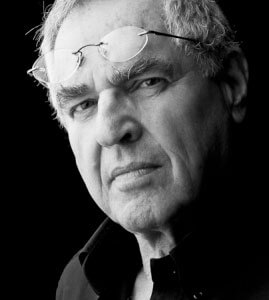Having studied painting and graphic design at Cooper Union and Yale,
Jay Maisel embarked on his photographic career in 1954. While he boasts an impressive portfolio that includes iconic figures like
Marilyn Monroe and
Miles Davis, Maisel is renowned for his ability to capture the essence of light, color, and gesture in ordinary life.
Among his noteworthy commercial achievements are five
Sports Illustrated swimsuit covers, the inaugural two covers of
New York Magazine, the cover of Miles Davis' Kind of Blue (the highest-selling jazz album of all time), twelve years of advertising collaboration with United Technologies, and accolades from esteemed organizations such as the International Center for Photography, American Society of Media Photographers, Art Directors Club, Professional Photographers of America, and The Cooper Union.
Although he ceased commercial work in the late '90s, Jay has persistently dedicated himself to personal projects. His reputation as a generous and inspiring teacher has grown through extensive lectures and photography workshops across the country. Additionally, he continues to make prints available, which can be found in private, corporate, and museum collections.
As people, we love pattern. But interrupted pattern is more interesting. – Jay Maisel
Since he stopped taking on commercial work in 1995, Jay has continued to focus on his personal work. He has developed a reputation as a giving and inspiring teacher as a result of extensive lecturing and photography workshops throughout the country. He also hosted his own workshops at his residence at 190 Bowery in New York City, from 2008-2015, instructing more than 640 students over the eight-year period.
In 2015, Jay sold his famous six-story building where he lived and worked for 50 years. Stephen Wilkes documented Jay’s epic move out of “the Bank” that was released as a feature-length film, Jay Myself, in the summer of 2019.
Since 2015, Jay has committed himself to reviewing his last sixty years of shooting. The results can be seen on his website, jaymaisel.com. Jay continues to sell prints of his photographs, many of which can be found in private, corporate, and museum collections.
Source: International Photography Hall of Fame and Museum
